Taksim Square
The rise of leftist movements and labor organizations was part of the political reconfiguration witnessed by Turkey in the 1960s, in the context of accelerated urbanization and industrialization. Despite the 1971 military intervention, followed by massive arrests and the restriction of civil liberties, the wave of demonstrations, strikes and sit-ins continued throughout the 1970s. The Bloody May Day massacre of 1977 in Taksim was a turning point in the rise of political clashes between the leftist and nationalist groups and the state-sponsored violence that led to the 1980 military coup.
On May 1, 1977, hundreds of thousands of workers gathered in Taksim Square in Istanbul to celebrate the International Workers’ Day. At the end of a speech by Kemal Turkler, leader of the influential confederation of trade unions, unknown perpetrators opened fire on the crowd. Masked gunmen fired from two buildings: the Intercontinental Hotel, which had been officially closed for the International Workers’ Day, and the building of the Municipal Water Authority. The gunfire caused chaos among the protestors, who attempted to flee the square. Meanwhile, police vehicles entered the square, further agitating the crowd and crushing some protestors to death. In attempting to escape, some protestors gathered at the Kazanci street exit from the square, but a parked truck blocked the road; many people were crushed to death trying to get out. When the chaos ended, 34 people had been killed and 136 seriously injured.
Following the incident, approximately 500 demonstrators were taken into custody, but judicial inquiries into the events never revealed the facts. Trials continued until 1989, but there was insufficient evidence to convict any perpetrators. Leftists generally believe the massacre was organized by the Turkish “Deep State,” allied with counterinsurgency units from the USA or the Turkish branch of the Cold War anti-Communist Operation Gladio. Bülent Ecevit, later the Turkish prime minister, even said soon after the massacre, “Some organizations and forces within the state, but outside the control of the democratic laws, should be controlled immediately. The counter-guerrillas are on the offensive and have a finger in the May 1 incident.”The state’s version of what happened was that there was a fight amongst leftist groups which initiated the panic. The officials responsible for the massacre are still unknown; thus the Turkish state has effectively granted impunity to the perpetrators.
Images
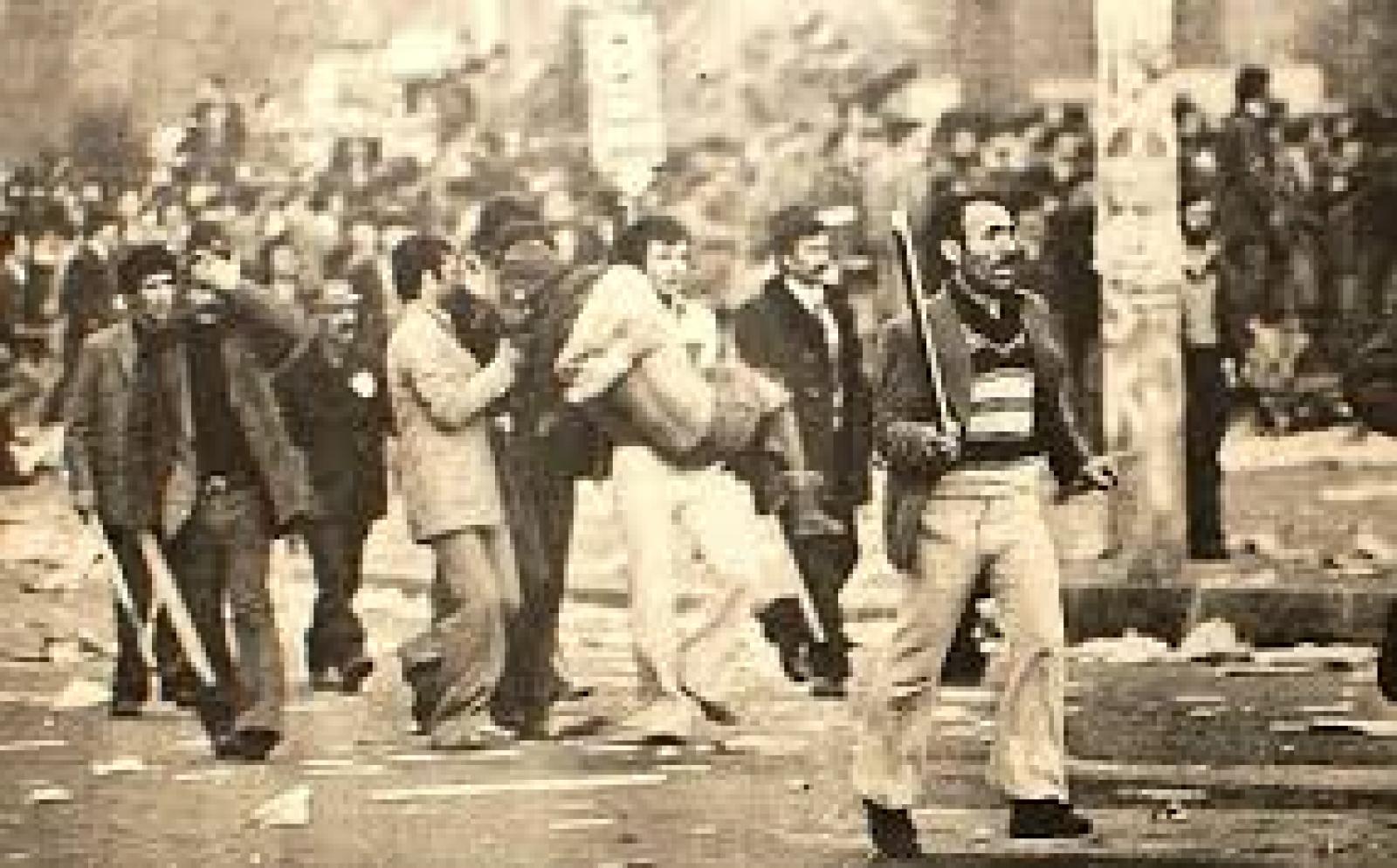
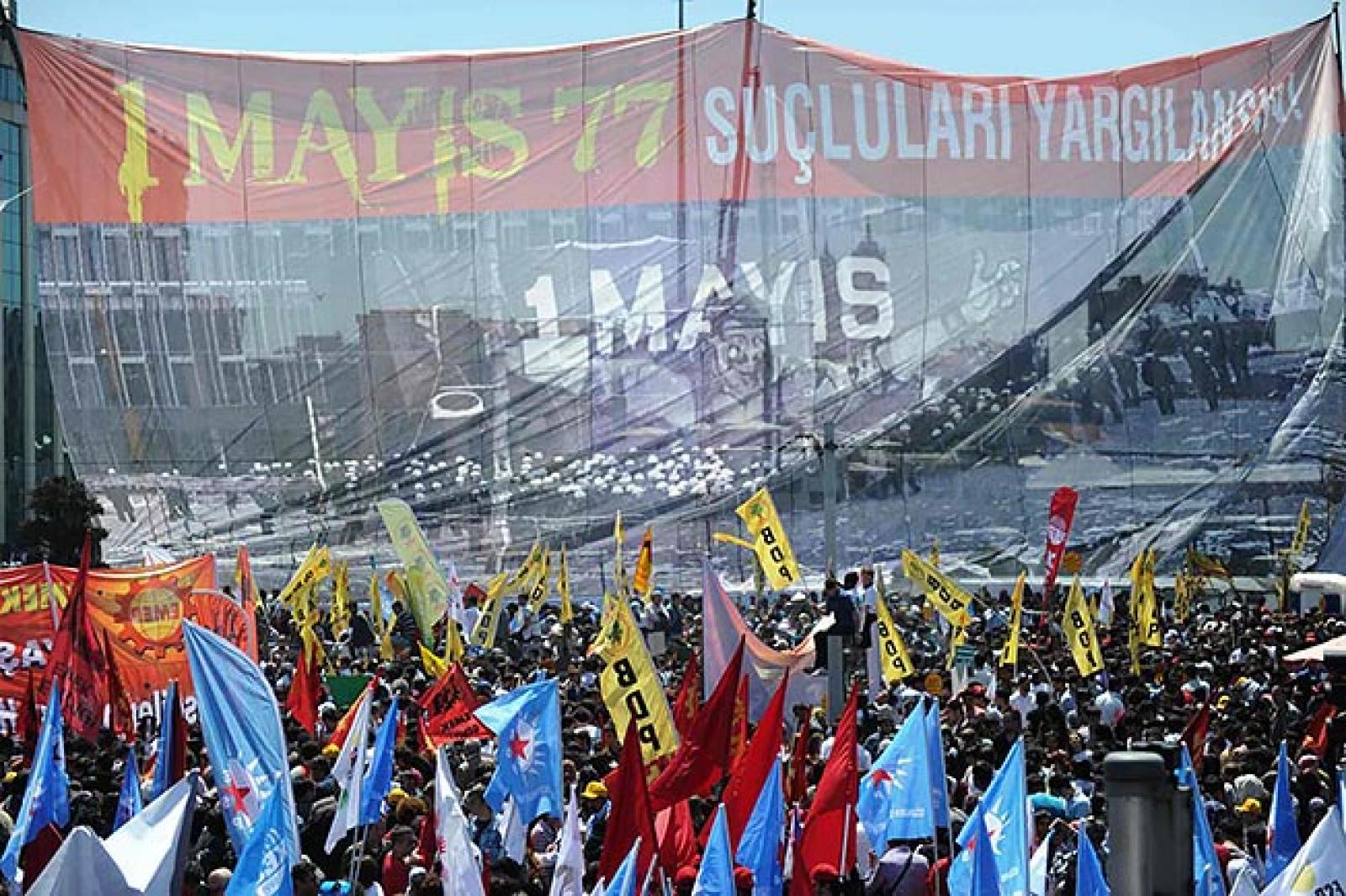
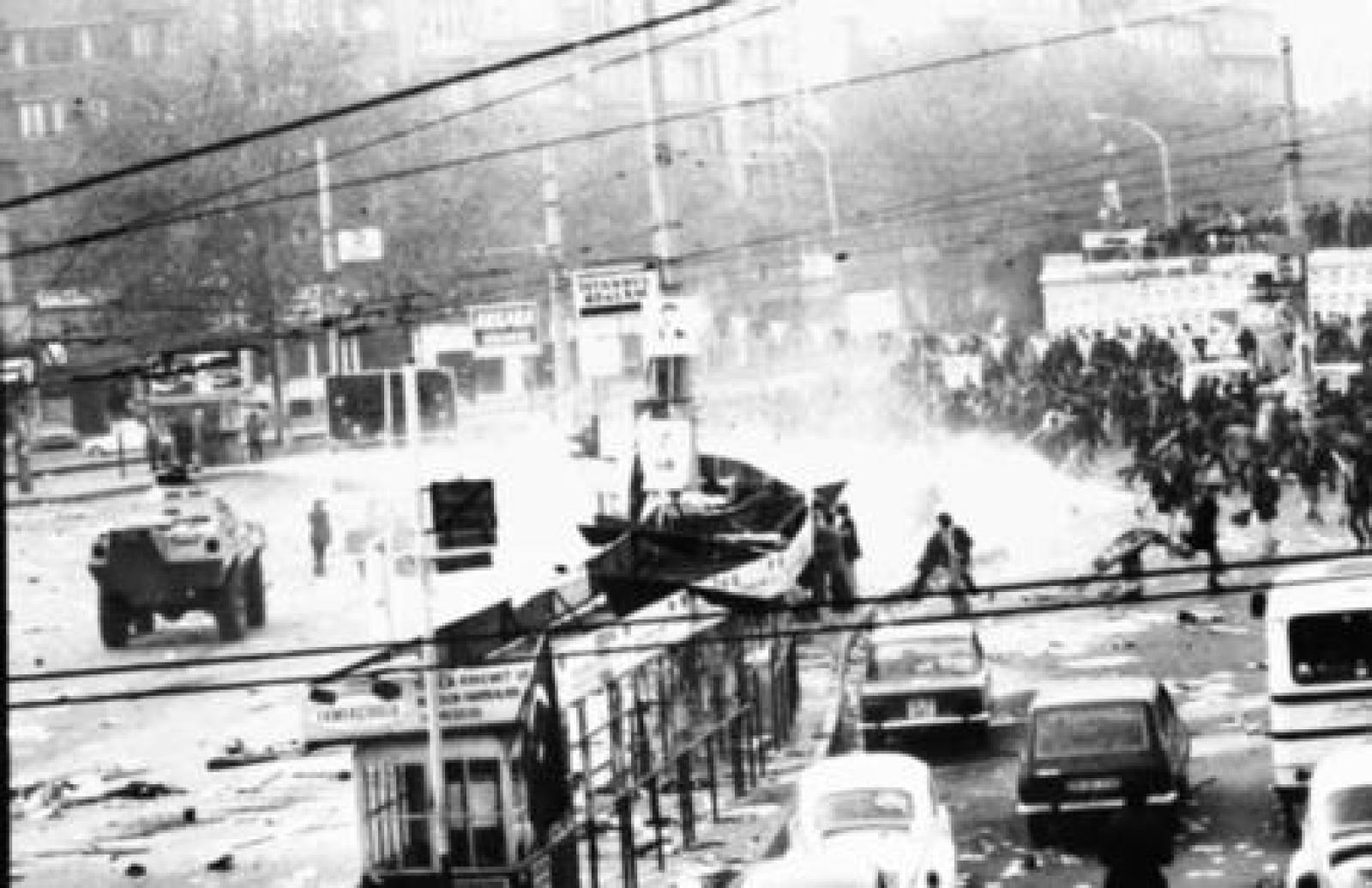
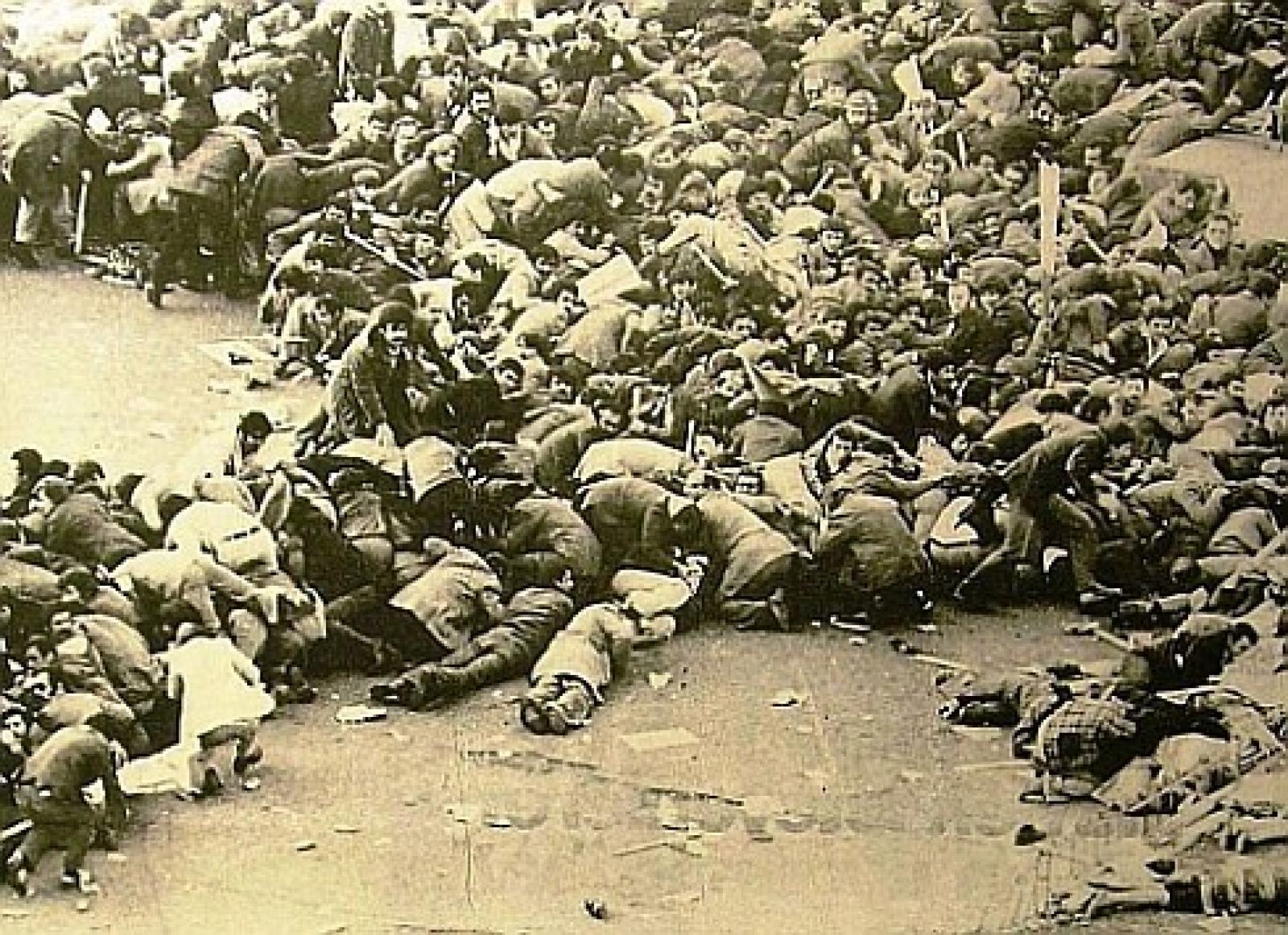
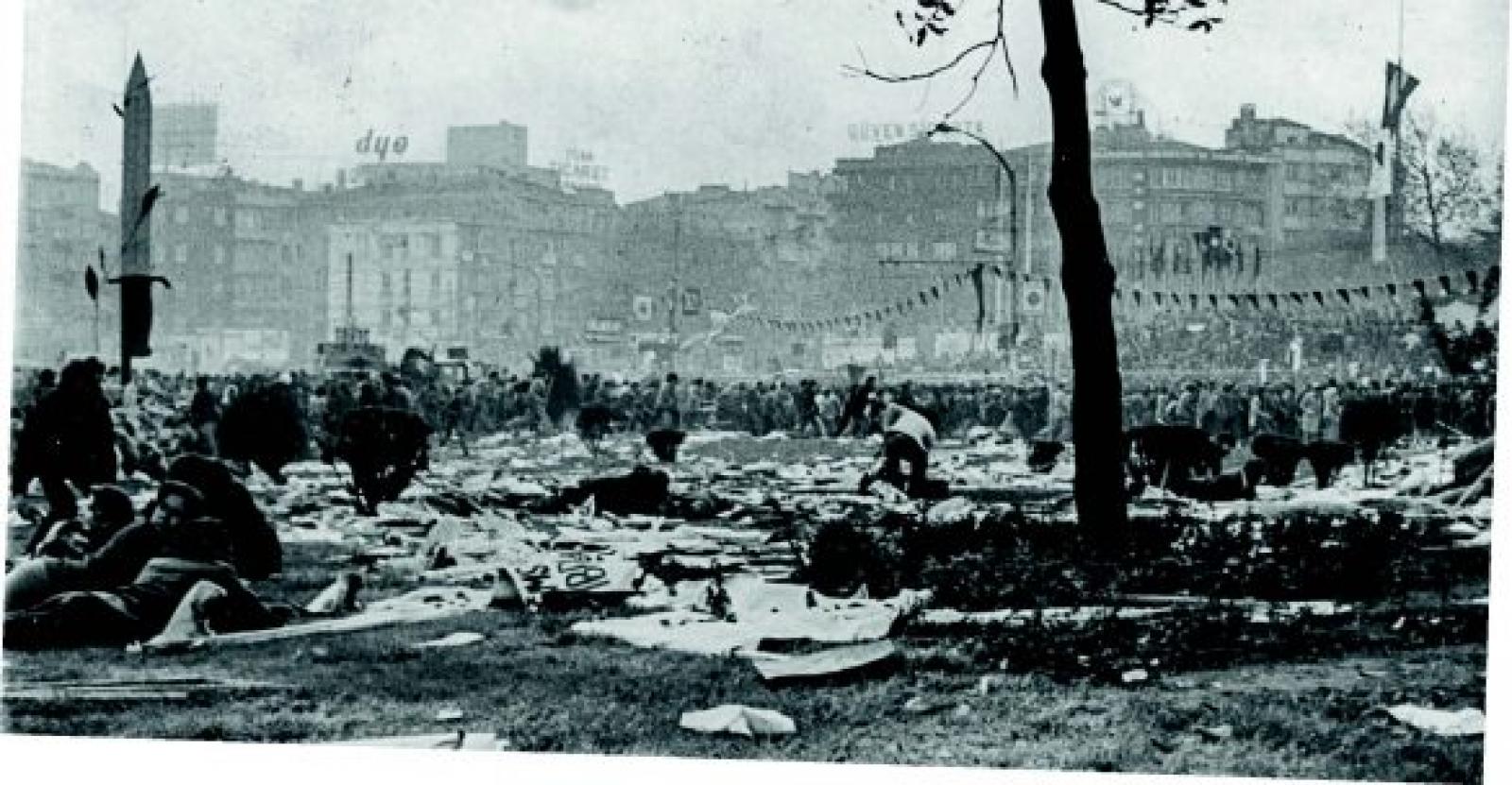
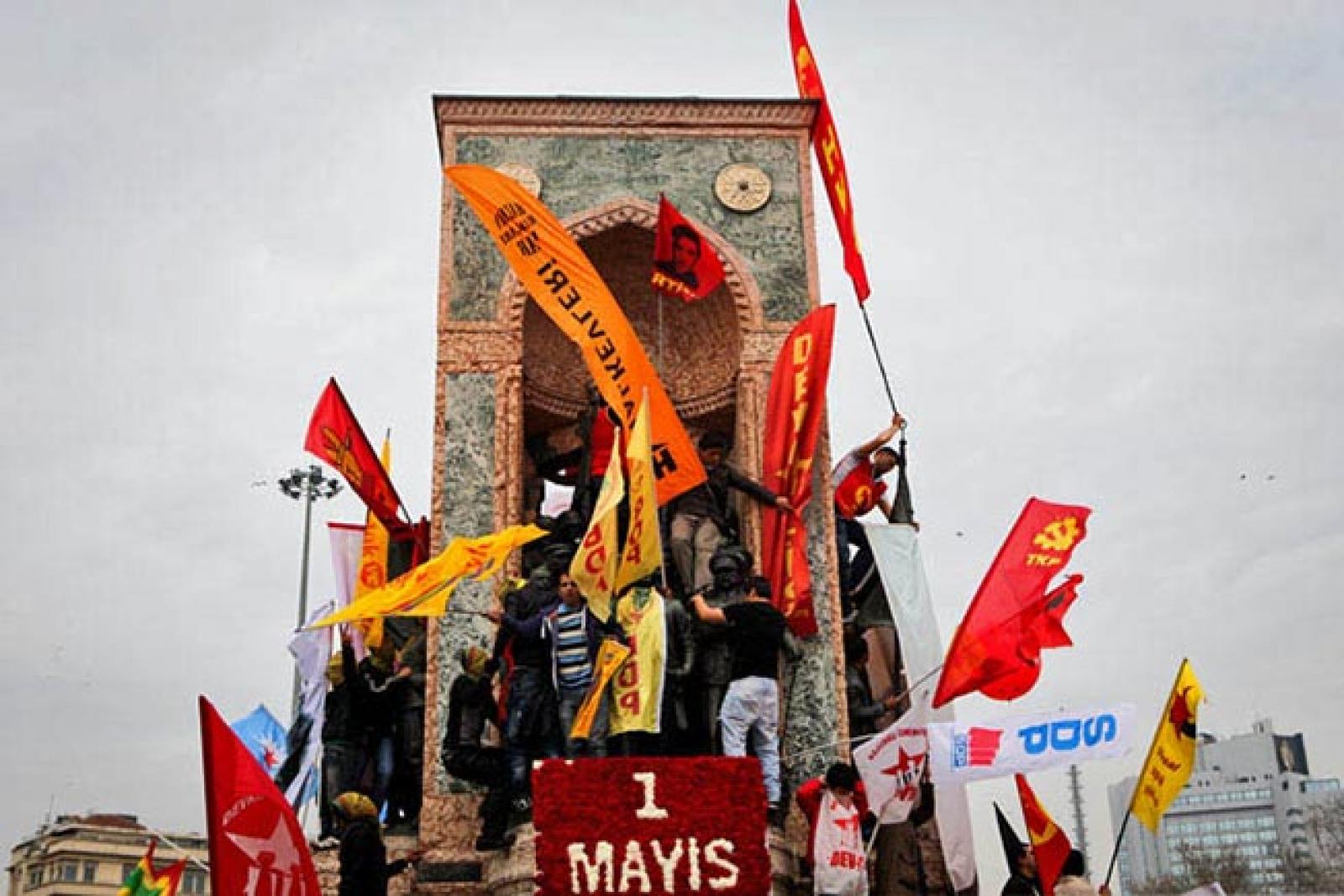
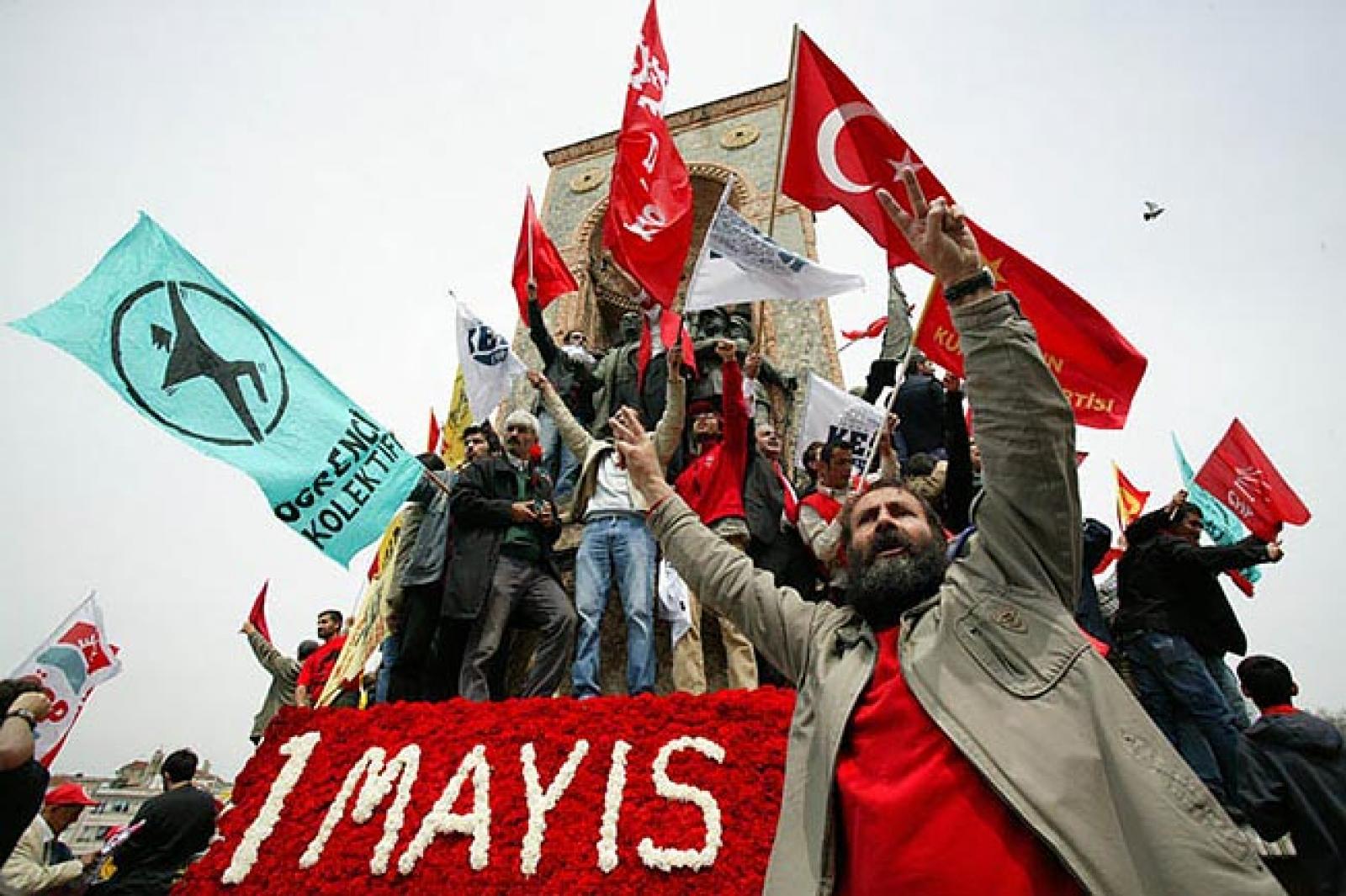
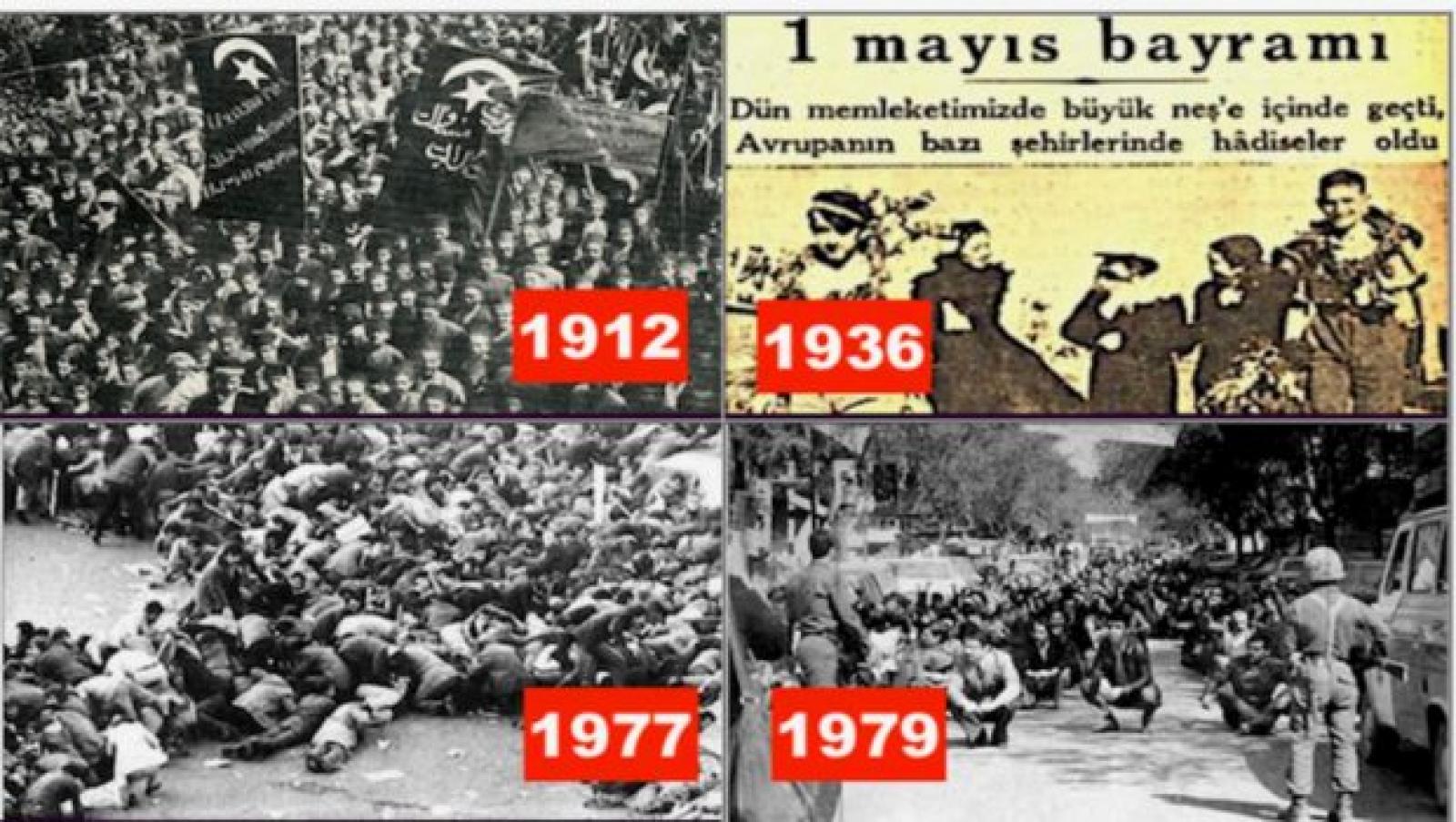
References
About Bloody May Day Memorial Gathering, Memorialize Turkey
Police fire tear gas, detain 200, in Istanbul May Day scuffles, Reuters, May 1 2016
A 15-Year Chronology of the May Day Celebrations in İstanbul: 2004 - 2018, bianet, May 1 2019
Aysegul Baykan & Tali Hatuka (2010) Politics and culture in the making of public space
Taksim Square, 1 May 1977, Istanbul, Planning Perspectives, 25:1, 49-68